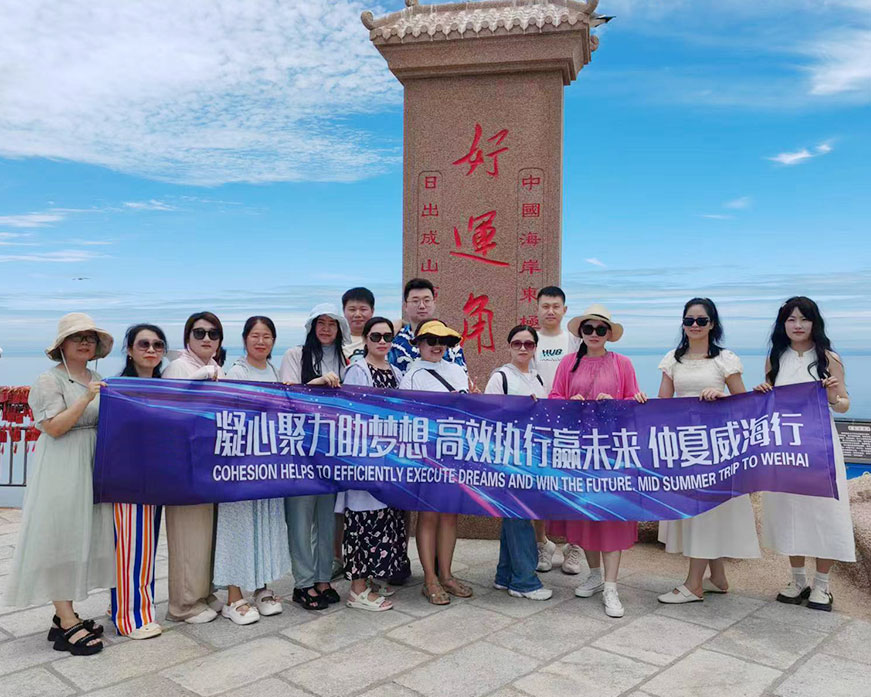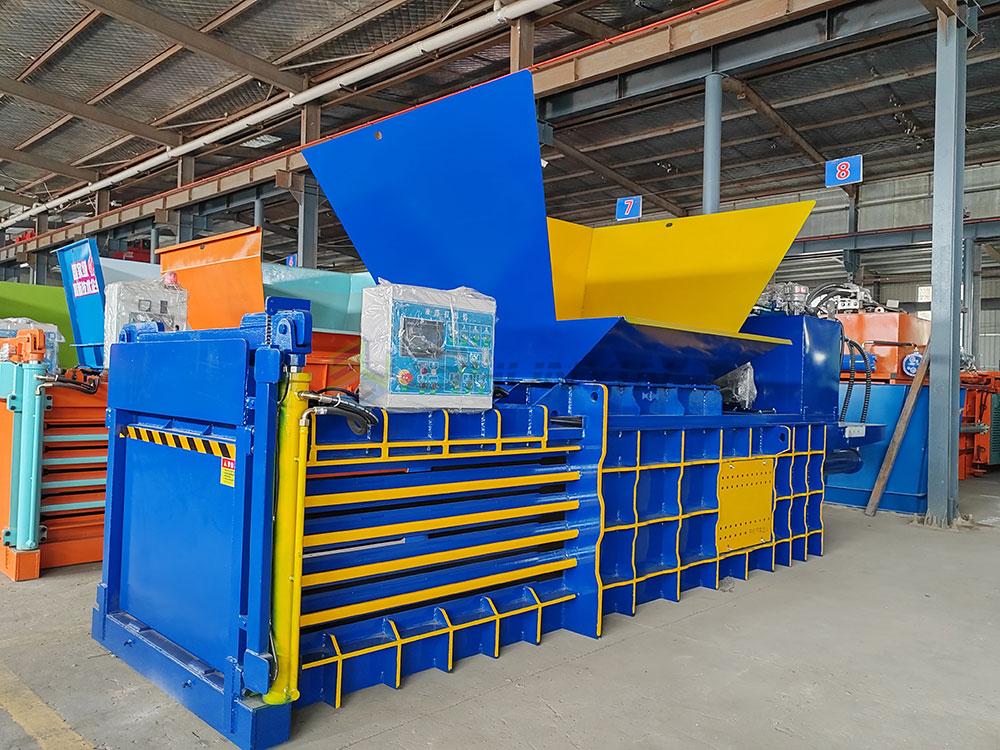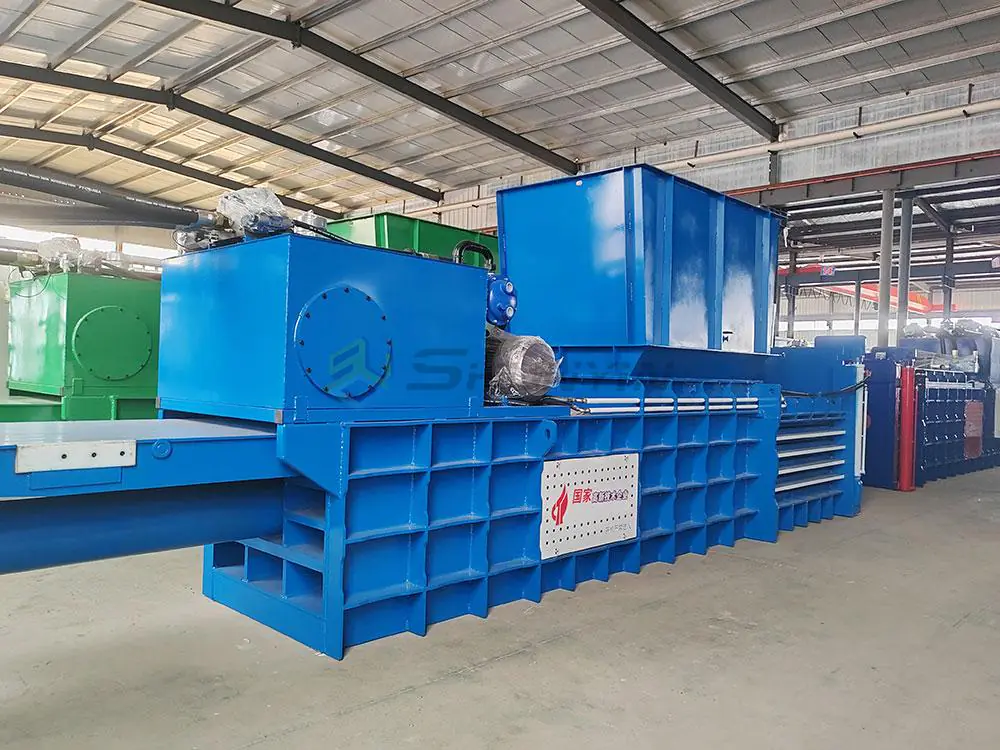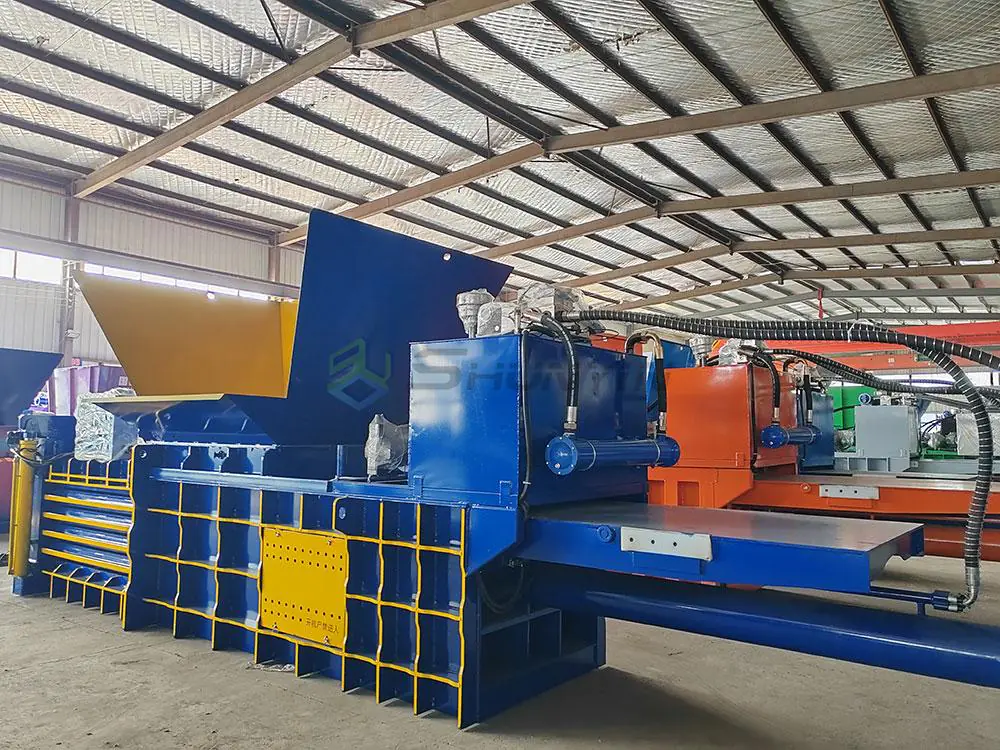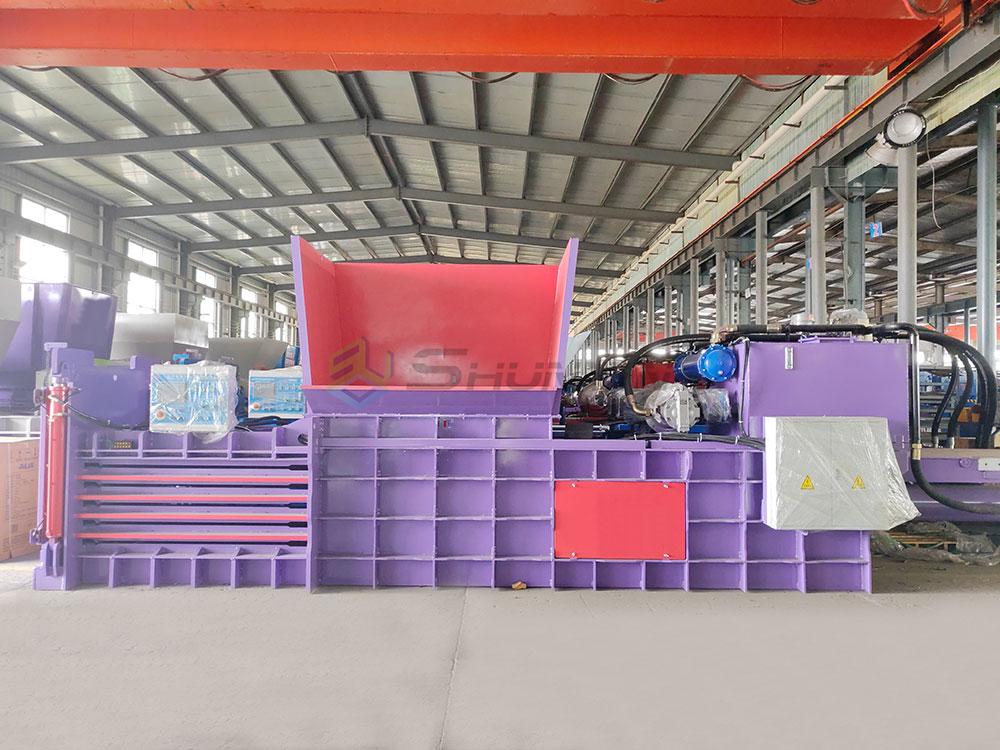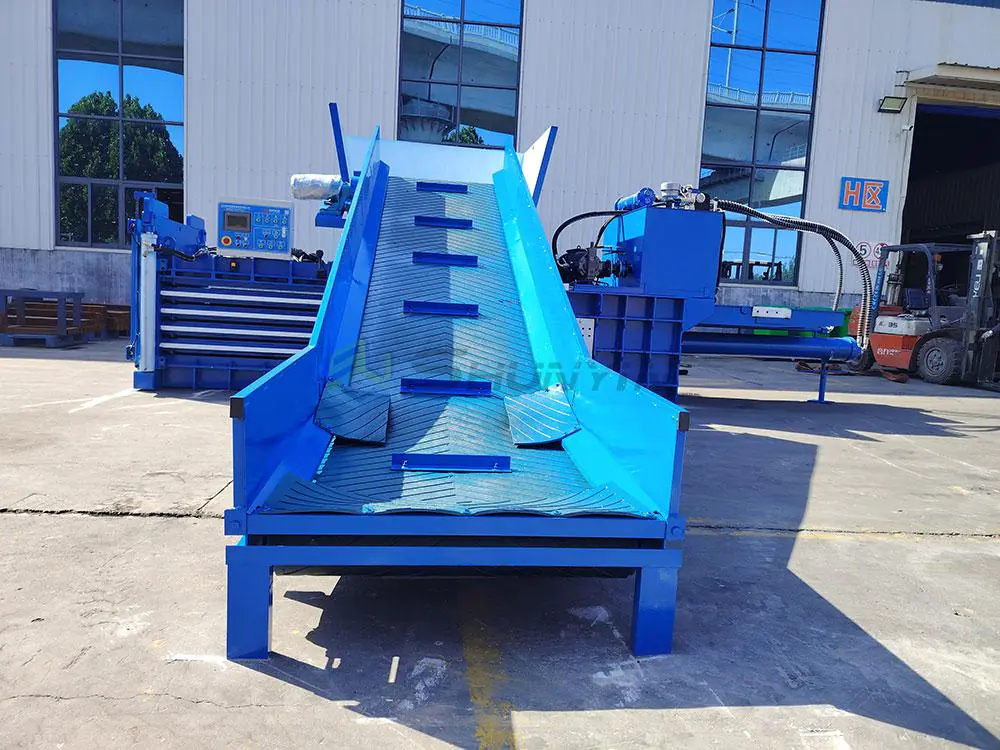
After Berlin Recycling lost €14,000 monthly from underweight bales, they switched to a 70-ton horizontal baler – eliminating penalties through self-adjusting algorithms maintaining 680kg±8 weights across 23,000 cycles.
Industrial waste paper processing requires 60-90 ton horizontal balers achieving EN643 standards through two-phase compression (180kN pre-press + 300kN main force) and density feedback systems. Opt for models with 0.03mm ram alignment precision and M1-class load cells to guarantee 97% weight compliance versus 62% in cheaper units.
Uncover operational truths through these four essential parameters.
Can You Put Paper in a Cardboard Baler?
Manchester’s PaperHub destroyed three rams processing office documents in a corrugated baler – material compatibility determines equipment survival and market viability.
Material Compatibility Matrix
| Material Type | Bulk Density | Max Moisture | Force Adjustment |
|---|---|---|---|
| Corrugated Cardboard | 130-160kg/m³ | 12% | Baseline 2200 PSI |
| Office Paper | 680-720kg/m³ | 5% | +38% pressure required |
| Mixed Stream | Variable | 8% | Auto-pressure scan |
| Molded Pulp | 85-110kg/m³ | 18% | -25% pressure |

Contamination Cost Analysis
Seoul Facility Incident:
- Error: 15% office paper in OCC stream
- Damage:
✔️ Hydraulic overloads → €11k pump replacement
✔️ Bale density variance ↑41% → €6k/month penalties - Solution:
- Installed hyperspectral cameras (400-1000nm range)
- Auto-eject system activated at >2% impurity
- Saved €23k in first quarter
What Is a Cardboard Baler Used For?
Rotterdam’s PortLogistics processes 18 tons/hour into GS1-certified bales using 80-ton horizontal balers – transforming waste into tradable commodities through four smart functions.
Precision Operations Breakdown
1. Density Optimization
- Laser-scanned load profiling
- Adaptive compression algorithm
- 880kg/m³ target (EN643 Standard)
2. Certification Compliance
- Blockchain-enabled weight logging
- Auto-printed GS1 barcode labels
- Real-time ISO audit trails

3. Space Reclamation
- Original volume: 1,200m³ → Compressed: 48m³
- Truckloads reduced from 18 → 3 weekly
| Cost-Benefit Data: | Metric | Before | After |
|---|---|---|---|
| Storage Cost | €2.8/m³ | €0.9/m³ | |
| Transport Cost | €17/ton | €9/ton | |
| Bale Value | €82/ton | €106/ton |
What Size Is a Paper Bale?
Singapore’s GreenPort paid €9,000 extra annually for non-standard bales until adopting ISO-compliant horizontal balers. Size precision dictates global market access.
Global Bale Dimension Standards
| Market | Approved Size (L×W×H) | Weight Range |
|---|---|---|
| EU | 700×800×900mm | 630-680kg |
| NA | 48"×30"×72" | 550-635kg |
| Asia | 1000×600×500mm | 480-520kg |

Operational Impact Analysis
Transport Efficiency Matrix
| Bale Size | Pallets/Truck | Weight Compliance | Freight Cost |
|---|---|---|---|
| Non-Standard | 54 | 68% | €24/ton |
| Standard | 73 | 96% | €14/ton |
Amsterdam Case:
- Upgraded to laser-guided 80-ton baler
- Achieved 700×800×900mm (±5mm)
- Export rejections ↓ from 31% → 0.4%
How Much Space Does a Cardboard Baler Save?
Hong Kong’s LimitedSpace Recyclers recovered 1,900m² warehouse space using horizontal balers – equivalent to €23,000/month rental value.
Space Recovery Formula
Volumetric Compression Rate:
- Loose cardboard: 1m³ = 90kg
- Baled: 1m³ = 680kg
Space Savings: 7.5:1

Storage Economics
| Scenario | Area Needed (m²) | Annual Cost |
|---|---|---|
| Loose (200t/month) | 740 | €106,560 |
| Baled | 98 | €14,112 |
Bangkok Facility ROI:
- Baler investment: €68,000
- Space savings: €92k/year
- Payback period: 8.9 months
Conclusion
Choose 60-90 ton horizontal balers with four essential features:
1) Dual-force compression (pre+main stages)
2) Laser-guided dimension control (±5mm)
3) GS1/EN643 certification systems
4) Self-learning contamination detection
Validate vendor claims through:
✔️ 12-hour continuous production trial
✔️ Third-party density verification
✔️ Hydraulic oil analysis (ISO 4406:2017)
Ensure 0.05mm/day ram wear maximum and demand remote IoT monitoring capabilities – reduces unplanned downtime by 83%. Always request factory test reports showing over 10,000 cycles without recalibration.

